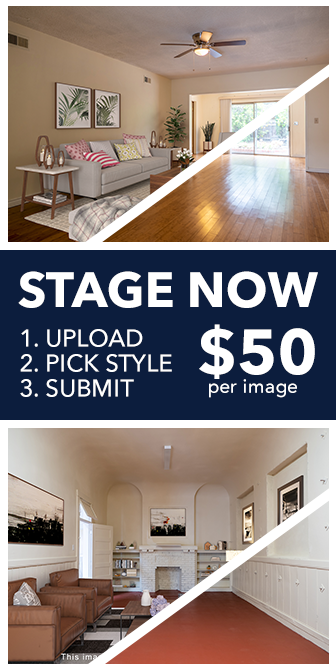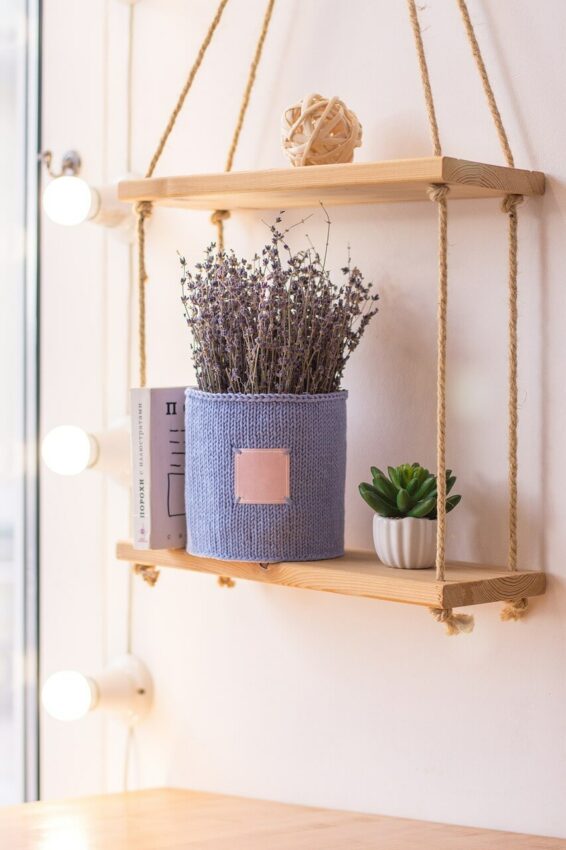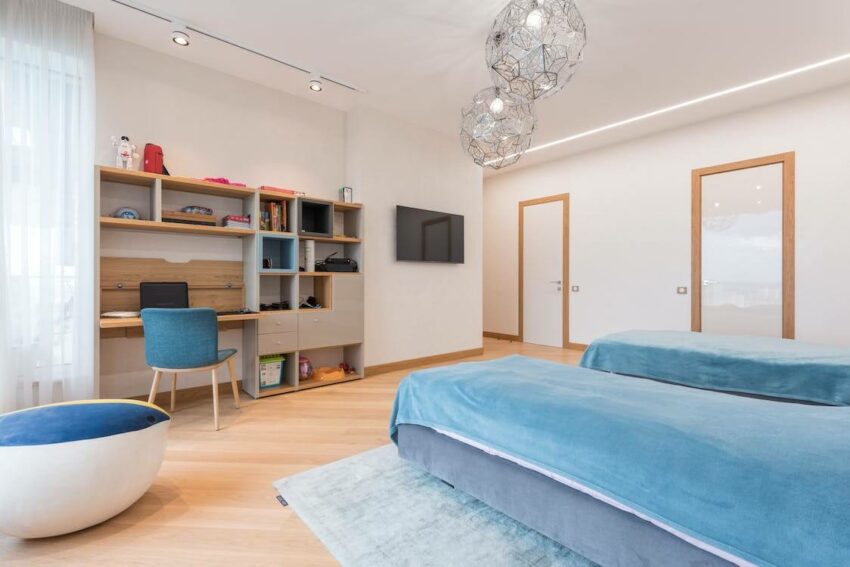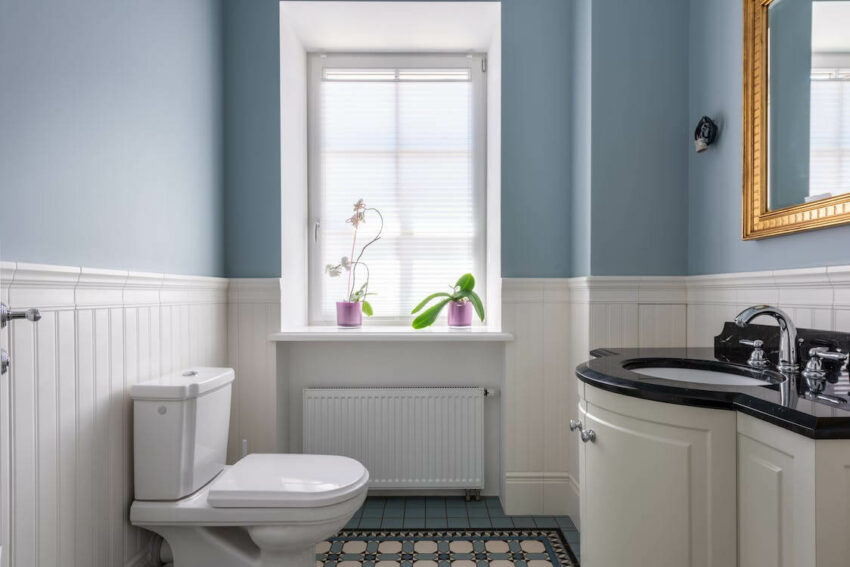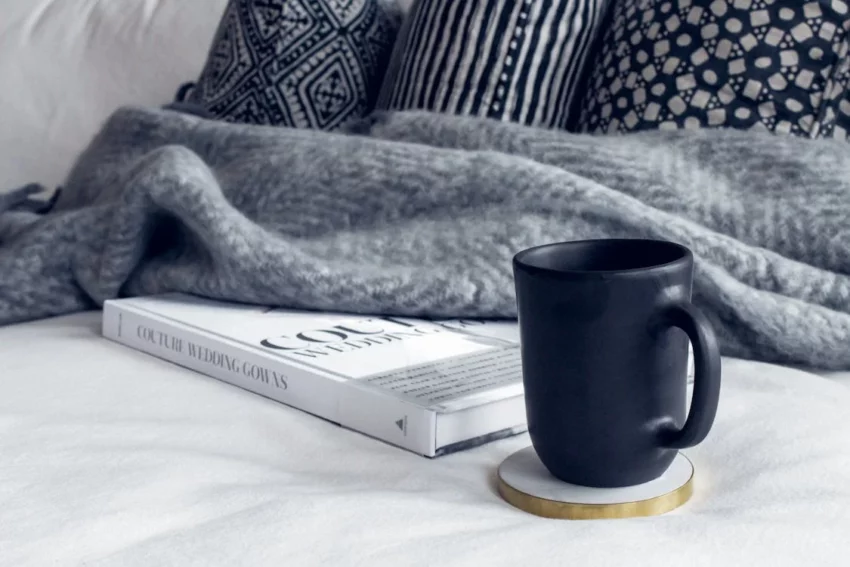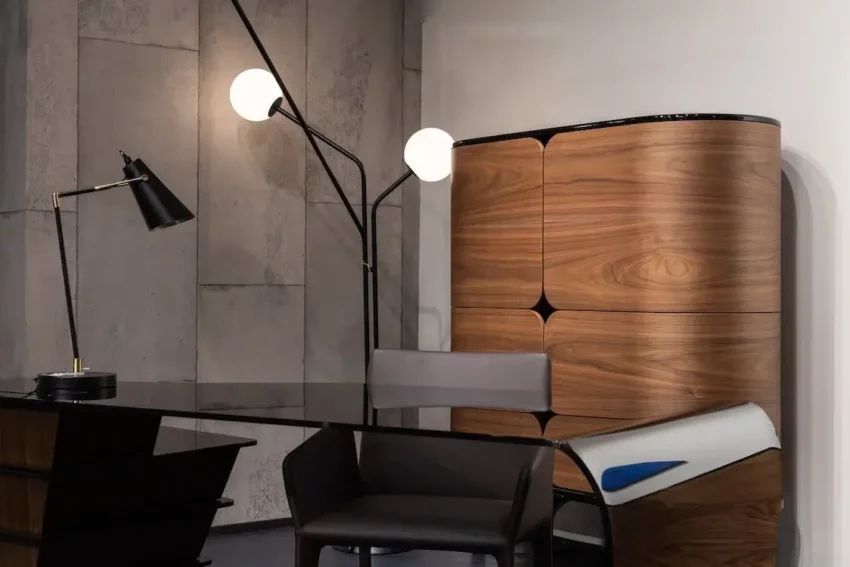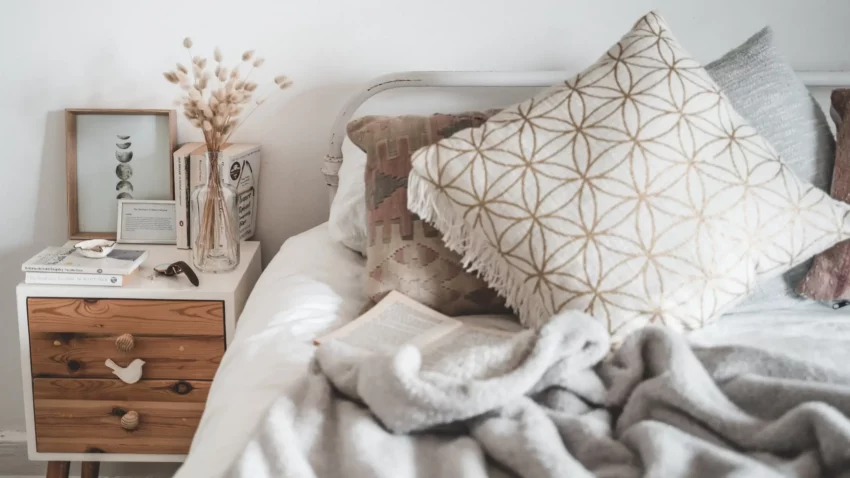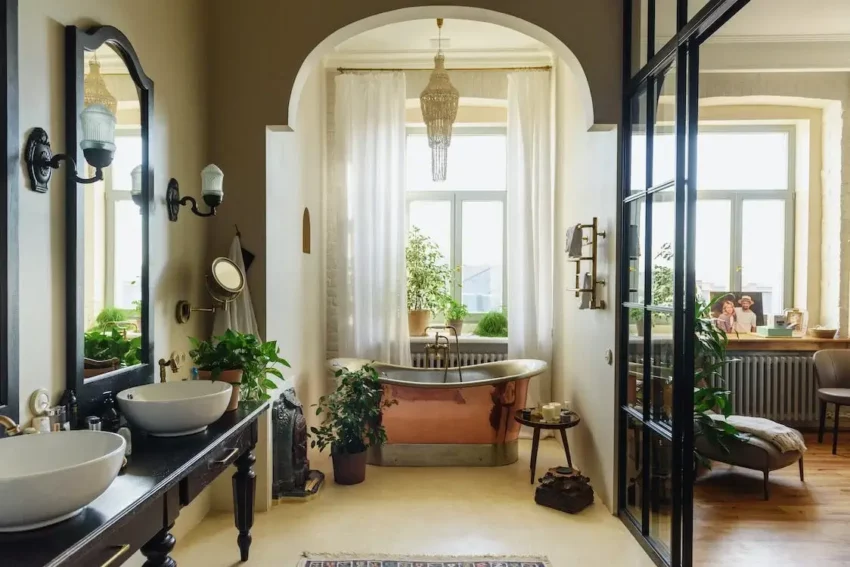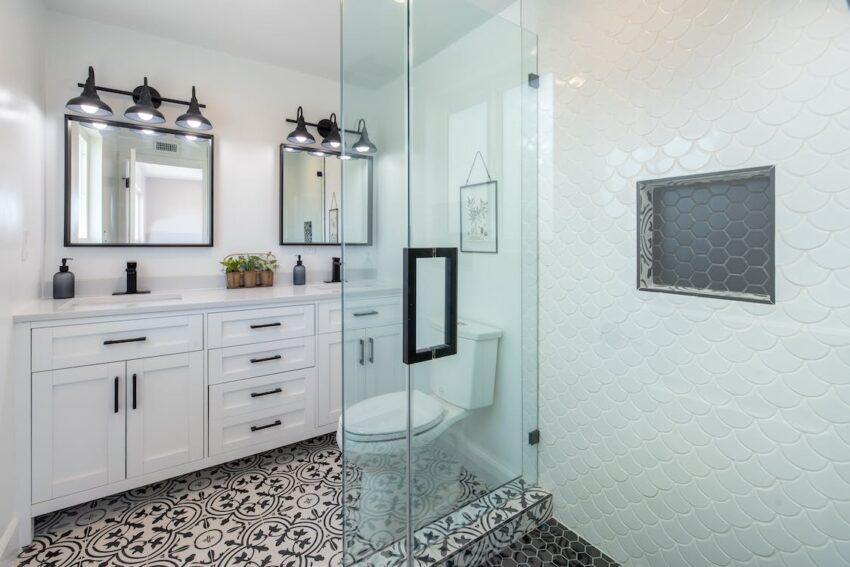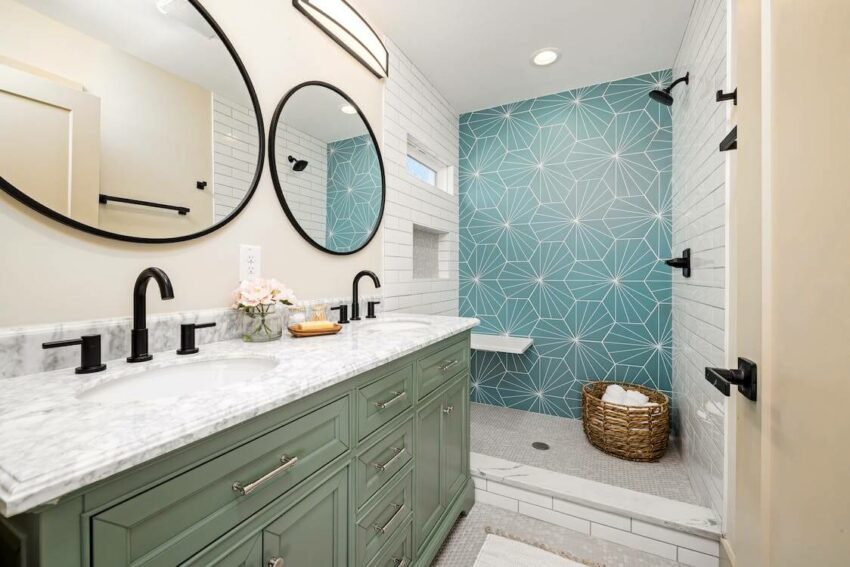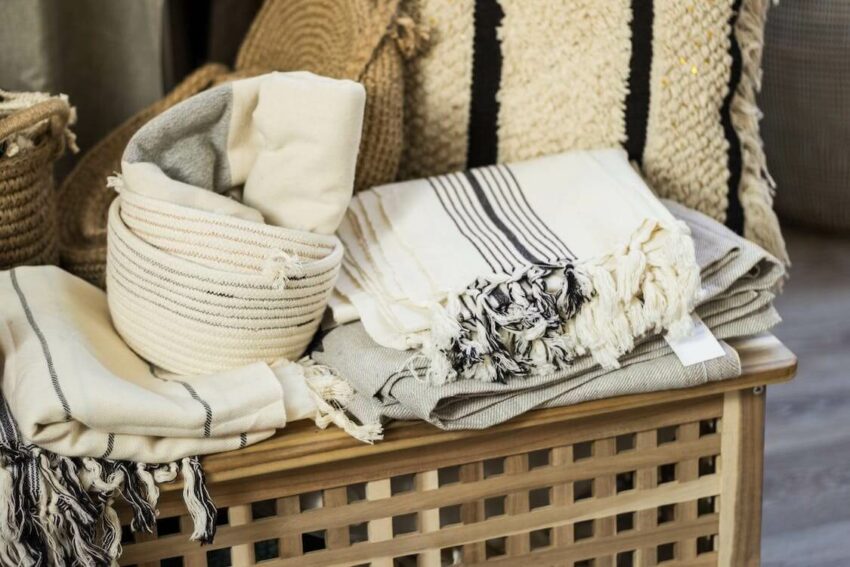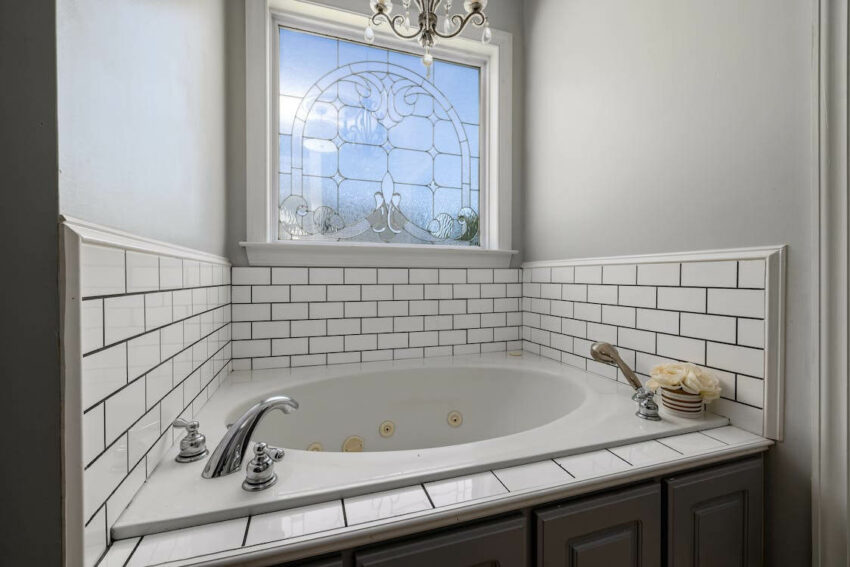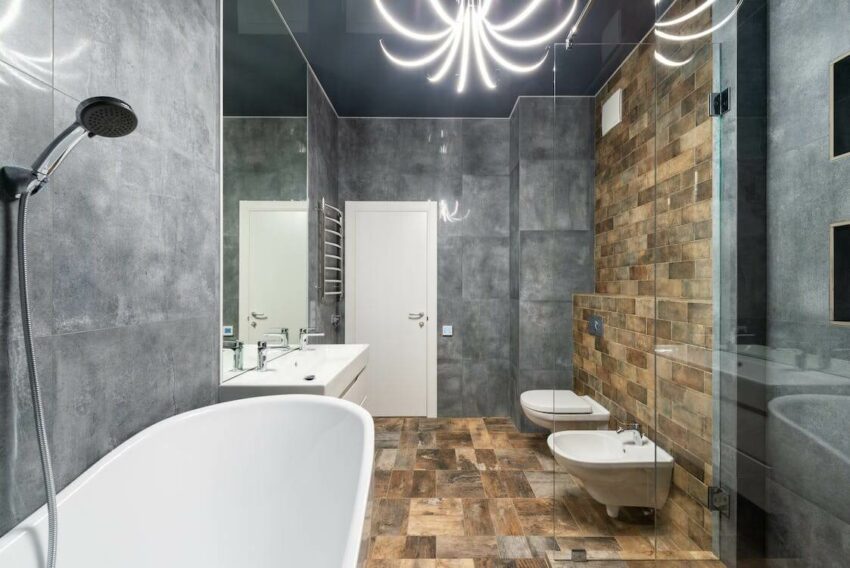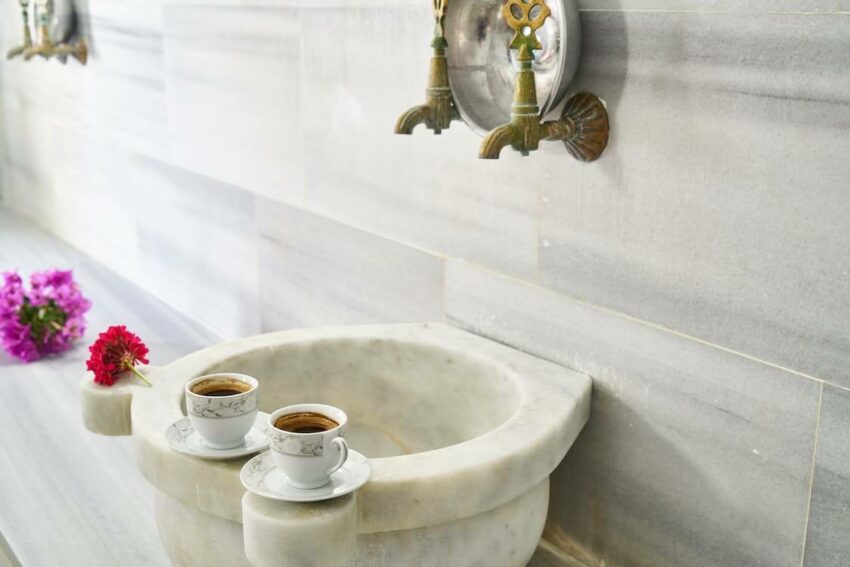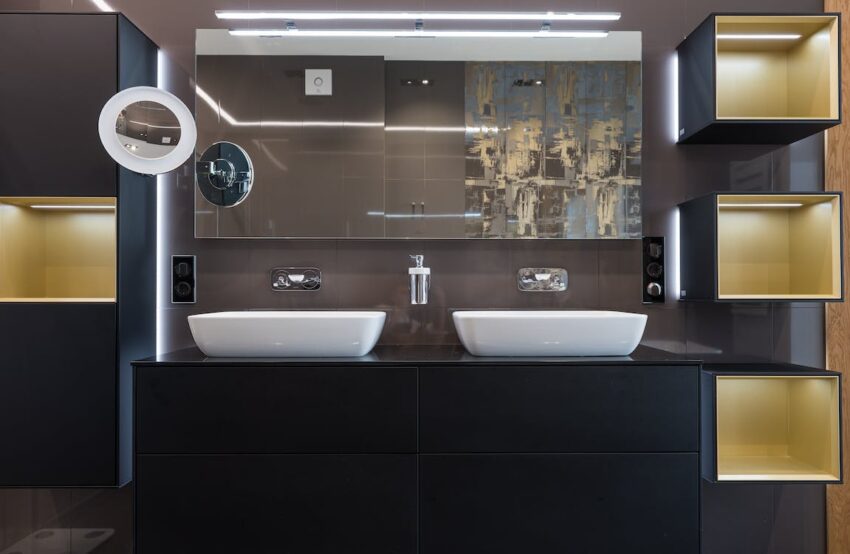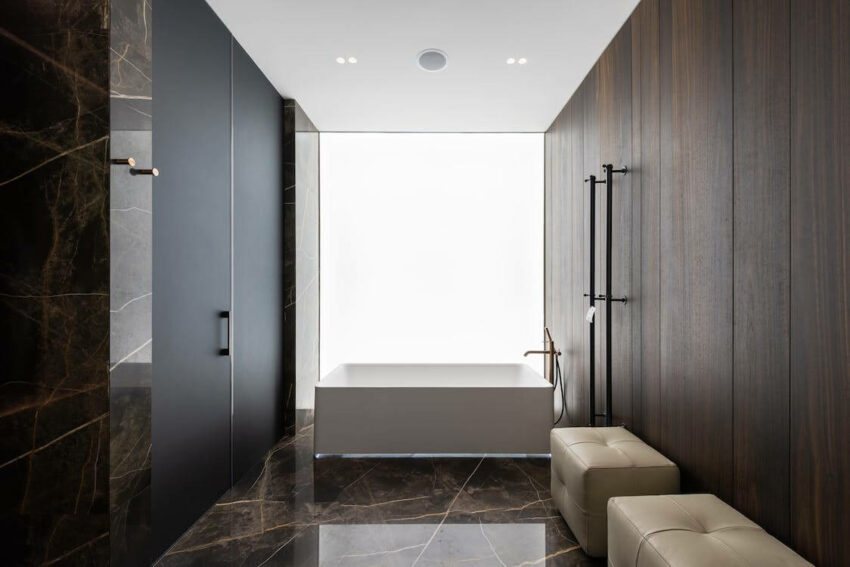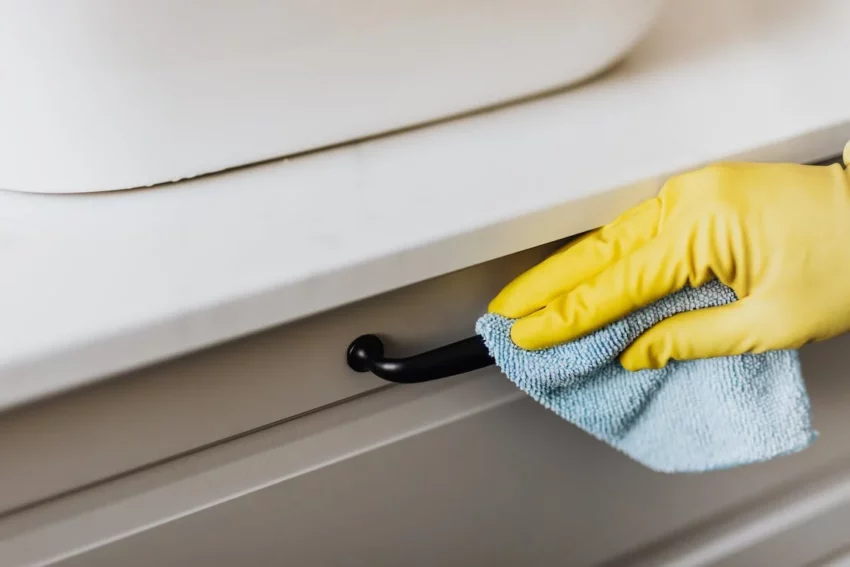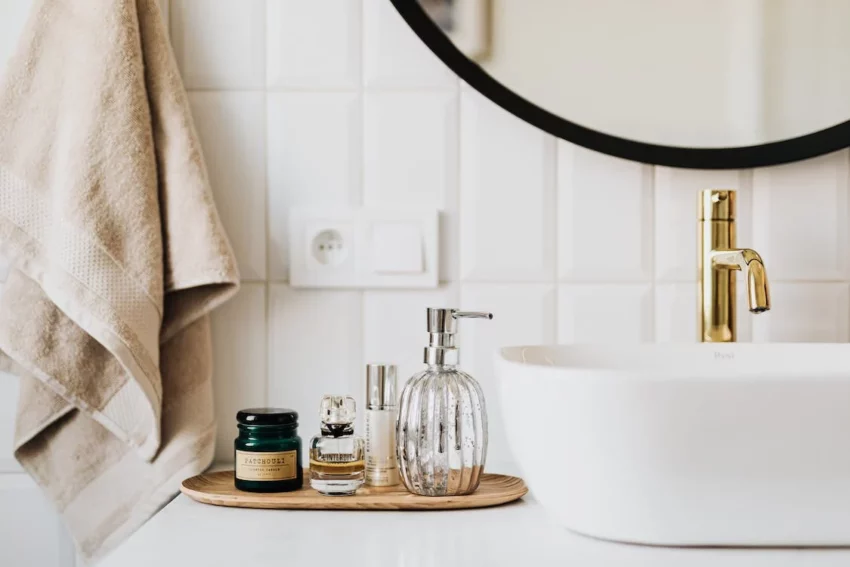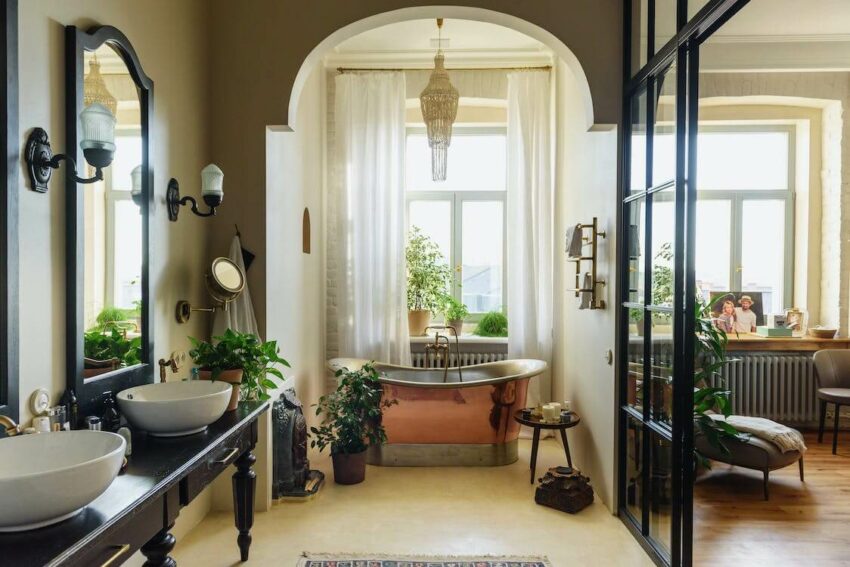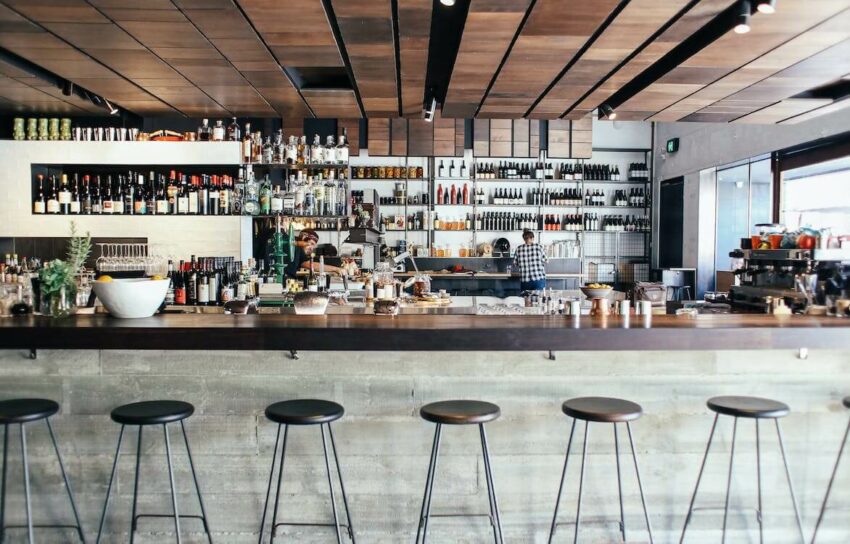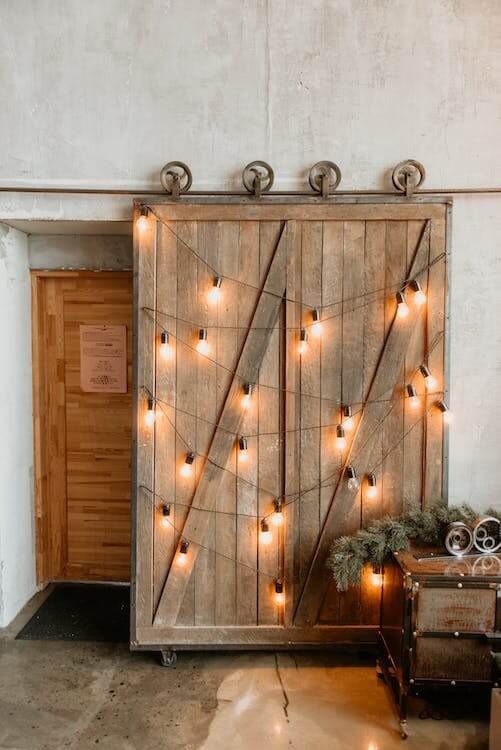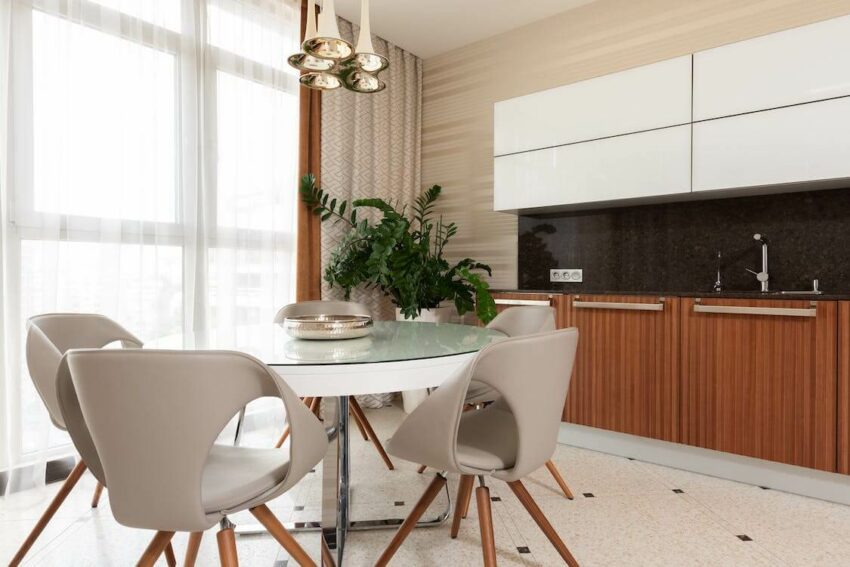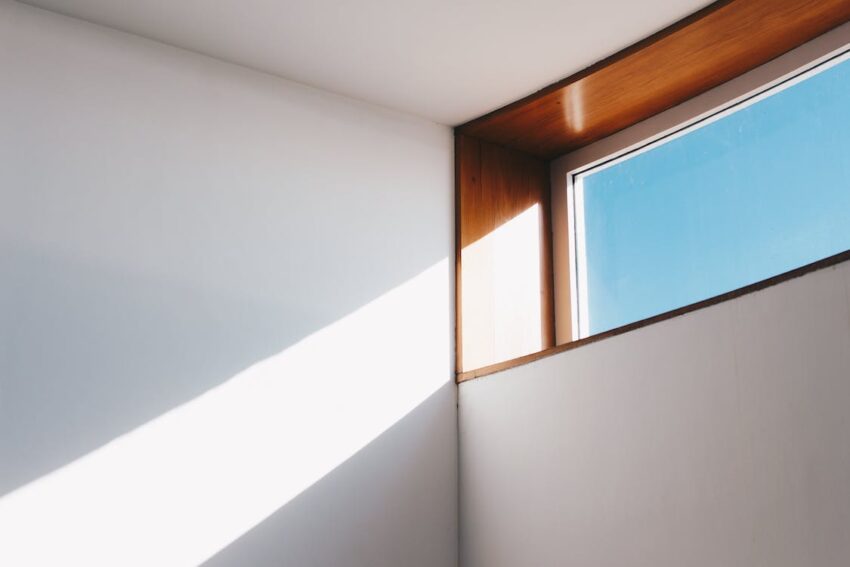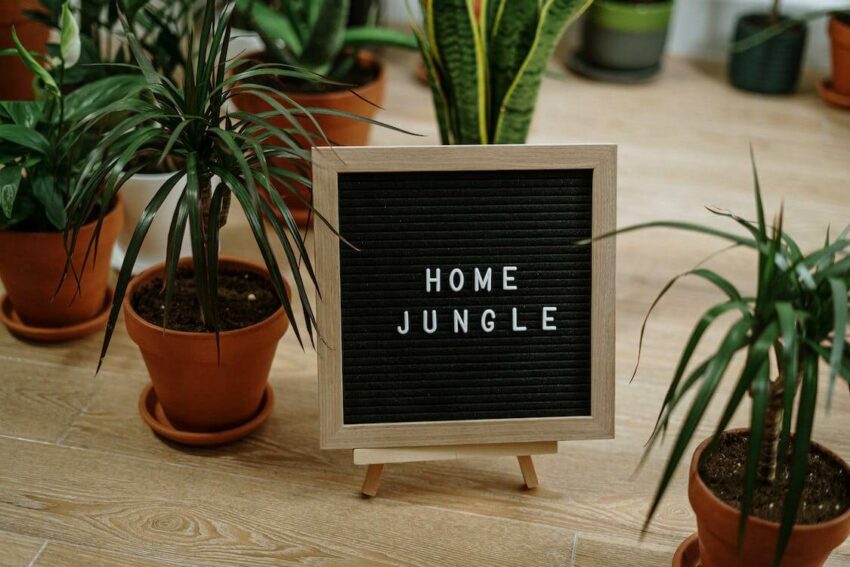“Bringing the Past to Life with Retro Aesthetics in Interior Design”
Retro aesthetics in interior design is a popular trend that has been gaining traction in recent years. It is a style that combines elements of the past with modern design elements to create a unique and timeless look.
Retro aesthetics can be seen in everything from furniture to wall art, and it is a great way to add a touch of nostalgia to any space.
Retro aesthetics can be used to create a cozy and inviting atmosphere, or to add a bit of fun and whimsy to a room. Whether you are looking to add a bit of vintage charm to your home or to create a unique and stylish space, retro aesthetics in interior design can be the perfect choice.
You can also read our related article on 90’s aesthetic here…

The Impact of Retro Aesthetics on Interior Design Trends
Retro aesthetics have been making a big comeback in interior design trends in recent years. From the bright colors and bold patterns of the 70s to the sleek lines and muted tones of the 50s, retro design is a great way to add a unique and cheerful touch to any space.
Retro aesthetics can be used to create a variety of different looks. For example, the bright colors and bold patterns of the 70s can be used to create a fun and vibrant atmosphere. Alternatively, the sleek lines and muted tones of the 50s can be used to create a more sophisticated and modern look.

Retro aesthetics can also be used to create a sense of nostalgia. By incorporating vintage furniture, artwork, and accessories, you can create a space that evokes memories of the past. This can be a great way to add a unique and personal touch to any room.
Retro aesthetics can also be used to create a sense of playfulness. By incorporating bright colors, bold patterns, and whimsical accessories, you can create a space that is both fun and inviting. This can be a great way to add a touch of personality to any room.
Finally, retro aesthetics can be used to create a sense of comfort. By incorporating cozy furniture, warm colors, and inviting textures, you can create a space that is both inviting and comforting. This can be a great way to create a space that is both inviting and relaxing.
Overall, retro aesthetics can be a great way to add a unique and cheerful touch to any space. Whether you are looking to create a fun and vibrant atmosphere, a sense of nostalgia, a sense of playfulness, or a sense of comfort, retro aesthetics can be a great way to achieve your desired look.

Tips for Incorporating Retro Aesthetics into Your Home Design
Start with a Color Palette:
When incorporating retro aesthetics into your home design, start by selecting a color palette that reflects the era you’re trying to evoke. For example, if you’re going for a 1950s look, you might choose colors like pastel pink, baby blue, and mint green.
Incorporate Vintage Furniture:
Vintage furniture is a great way to add a retro touch to your home. Look for pieces that have a classic, timeless look, such as mid-century modern furniture or Art Deco pieces.
Add Retro Accessories:
Accessories are a great way to add a retro touch to your home. Look for vintage items like lamps, clocks, and mirrors that have a classic look.
Hang Retro Artwork:
Retro artwork is a great way to add a touch of nostalgia to your home. Look for vintage posters, prints, and photographs that reflect the era you’re trying to evoke.

Incorporate Retro Fabrics:
Fabrics are a great way to add a retro touch to your home. Look for fabrics with bold patterns and colors that reflect the era you’re trying to evoke.
Use Retro Lighting:
Lighting is a great way to add a retro touch to your home. Look for vintage-style lighting fixtures that have a classic look.
Incorporate Retro Appliances:
Retro appliances are a great way to add a touch of nostalgia to your home. Look for vintage-style appliances that have a classic look.
By following these tips, you can easily incorporate retro aesthetics into your home design. With a little bit of creativity and effort, you can create a space that is both stylish and timeless.
Famous Examples of Retro Aesthetics
Retro aesthetics refer to styles, designs, and cultural elements that draw inspiration from past eras. Here are some famous examples of retro aesthetics:
- 1950s Diner: The 1950s diner aesthetic is characterized by bright colors, chrome finishes, checkerboard floors, vinyl seating, and neon signs. It evokes a nostalgic atmosphere reminiscent of classic American diners of the mid-20th century.
- Art Deco: Art Deco emerged in the 1920s and 1930s, showcasing geometric shapes, bold colors, and luxurious materials. It is often associated with the glamour of the Roaring Twenties and is commonly seen in architecture, furniture, fashion, and visual arts.
- 1970s Disco: The disco era of the 1970s is known for its flashy and vibrant aesthetic. Glitter, mirrored surfaces, bold patterns, and psychedelic colors were prevalent in disco fashion, interior design, and music culture.
- 1980s Neon: The 1980s neon aesthetic embraced bold and vibrant colors, often paired with futuristic and geometric designs. Neon lights, neon signs, and neon-colored fashion were popular during this era, reflecting the high-energy and vibrant spirit of the time.
- Mid-Century Modern: Mid-century modern aesthetics, popular from the 1940s to the 1960s, are characterized by clean lines, organic shapes, and a blend of modern and traditional materials. The retro appeal of mid-century modern design can be seen in furniture pieces, such as the Eames Lounge Chair, the Tulip Table, and the Atomic Era-inspired decor.
- 1990s Grunge: The grunge aesthetic emerged in the 1990s as a counter-cultural movement influenced by alternative music. It featured elements like distressed clothing, flannel shirts, ripped jeans, and a DIY, non-conformist attitude. The grunge aesthetic is associated with bands like Nirvana and a rebellious, anti-establishment sentiment.
- 1960s Mod: The mod aesthetic of the 1960s was characterized by bold colors, geometric patterns, and a sleek, minimalist style. It was influenced by the fashion, music, and art scene of Swinging London, with figures like Twiggy and The Beatles being associated with the mod style.
- Victorian Revival: The Victorian revival aesthetic, popular in the late 19th and early 20th centuries, drew inspiration from the ornate and romantic Victorian era. It incorporated intricate details, rich textures, and classical influences into architecture, furniture, and fashion.

These examples showcase different retro aesthetics that have left a lasting impact on design, fashion, and popular culture. The retro aesthetic continues to be celebrated and reinterpreted in contemporary contexts, offering a nostalgic and unique style that resonates with different generations.
The Benefits of Incorporating Retro Aesthetics into Your Home Design
Retro aesthetics can be a great way to add a unique and stylish touch to your home design. Incorporating retro elements into your home can give it a timeless and classic look that will never go out of style. Here are some of the benefits of incorporating retro aesthetics into your home design:
- Retro Aesthetics Add Character: Retro elements can add a unique and interesting character to your home. Whether you choose to incorporate vintage furniture, wallpaper, or lighting fixtures, these elements can give your home a unique and timeless look.
- Retro Aesthetics Create a Cozy Atmosphere: Retro elements can create a cozy and inviting atmosphere in your home. Vintage furniture and accessories can make your home feel warm and inviting, while also adding a touch of nostalgia.
- Retro Aesthetics are Versatile: Retro elements can be used in a variety of ways to create different looks. Whether you want to create a classic look or a modern one, retro elements can be used to achieve both.
- Retro Aesthetics are Affordable: Incorporating retro elements into your home design can be an affordable way to give your home a unique and stylish look. Vintage furniture and accessories can often be found at thrift stores or online for a fraction of the cost of new items.
Incorporating retro aesthetics into your home design can be a great way to add a unique and timeless look to your home. Whether you choose to incorporate vintage furniture, wallpaper, or lighting fixtures, these elements can give your home a cozy and inviting atmosphere that will never go out of style.
The History of Retro Design Aesthetics
Retro design aesthetics have been around for decades, and they continue to be popular today. From the 1950s to the 1980s, retro design has been used to evoke nostalgia and create a sense of familiarity.
Retro design aesthetics first emerged in the 1950s, when designers began to look back to the past for inspiration. This was a time of rapid technological advancement, and designers wanted to create something that was both modern and familiar. They looked to the past for inspiration, creating designs that were inspired by the Art Deco movement of the 1920s and 1930s. This style was characterized by bold colors, geometric shapes, and a sense of optimism.
In the 1960s, retro design aesthetics became even more popular. This was a time of social and political upheaval, and designers wanted to create something that was both modern and comforting. They looked to the past for inspiration, creating designs that were inspired by the Pop Art movement of the 1950s. This style was characterized by bright colors, bold patterns, and a sense of fun.
The 1970s saw the emergence of a new style of retro design. This style was characterized by bright colors, geometric shapes, and a sense of nostalgia. Designers looked to the past for inspiration, creating designs that were inspired by the psychedelic art movement of the 1960s. This style was characterized by bright colors, abstract shapes, and a sense of freedom.
The 1980s saw the emergence of a new style of retro design. This style was characterized by bright colors, geometric shapes, and a sense of nostalgia. Designers looked to the past for inspiration, creating designs that were inspired by the neon art movement of the 1970s. This style was characterized by bright colors, abstract shapes, and a sense of fun.
Retro design aesthetics continue to be popular today. Designers continue to look to the past for inspiration, creating designs that are both modern and familiar. Whether you’re looking for something bold and bright or something more subtle and nostalgic, retro design aesthetics can help you create a unique and timeless look.

Designers Known for Retro Aesthetics
Several designers have gained recognition for their work in capturing and interpreting retro aesthetics. Here are some notable designers known for their contributions to retro-inspired design:
- Jonathan Adler: Jonathan Adler is an American designer known for his playful and colorful retro-inspired designs. His work combines elements of mid-century modern aesthetics with bold patterns, vibrant colors, and a touch of humor. Adler’s designs span across furniture, home accessories, and ceramics.
- Cath Kidston: Cath Kidston is a British designer famous for her vintage-inspired floral prints and nostalgic patterns. Her designs draw inspiration from the English countryside and evoke a sense of nostalgia for simpler times. Kidston’s work extends to home goods, fashion, and accessories.
- Orla Kiely: Orla Kiely, an Irish fashion designer, is recognized for her retro-inspired patterns and designs, often featuring repetitive motifs and bold colors. Her work draws influence from the 1960s and 1970s and can be seen in fashion, home decor, and accessories.
- Kate Spade: Kate Spade was an American fashion designer who gained popularity for her retro-chic and playful designs. Known for her use of vibrant colors, graphic patterns, and vintage-inspired silhouettes, Spade’s designs have had a significant impact on the fashion industry.
- Marc Jacobs: Marc Jacobs, an American fashion designer, has frequently incorporated retro elements into his collections. He has drawn inspiration from various eras, including the 1960s and 1970s, and has successfully revived vintage styles with a contemporary twist.
- Betsey Johnson: Betsey Johnson is an American fashion designer known for her whimsical and eclectic designs. Her work often features vibrant colors, bold patterns, and a mix of vintage and modern elements. Johnson’s designs capture the spirit of retro aesthetics with a playful and rebellious twist.
- Dita Von Teese: Dita Von Teese, a burlesque performer and fashion icon, has become synonymous with retro-inspired fashion and style. She embraces the glamour and sophistication of vintage fashion, particularly from the 1940s and 1950s, with impeccable attention to detail and a modern interpretation.

These designers have left a mark in the fashion and design industries by embracing and celebrating retro aesthetics. They have successfully revived vintage styles, patterns, and silhouettes, bringing a sense of nostalgia and timeless appeal to their work.
Conclusion
Retro aesthetics in interior design is a great way to add a unique and nostalgic touch to any space. It can be used to create a fun and inviting atmosphere, or to evoke a sense of nostalgia and comfort. Retro aesthetics can be used to create a modern and stylish look, or to bring a classic and timeless feel to a room. With the right combination of colors, textures, and furniture, retro aesthetics can be used to create a unique and inviting atmosphere in any space.





